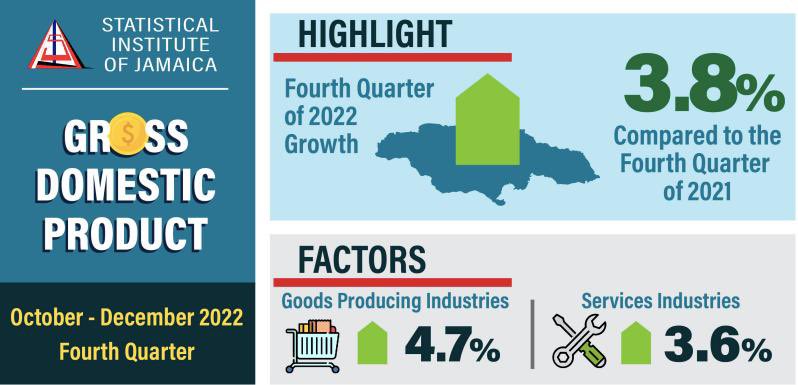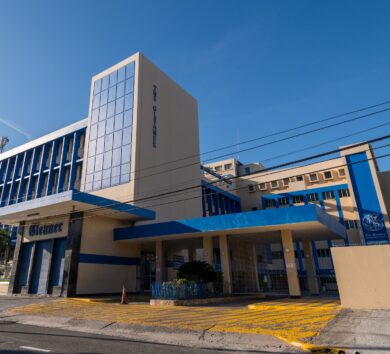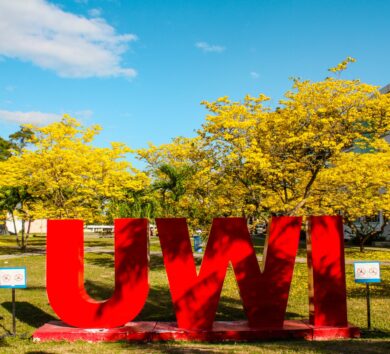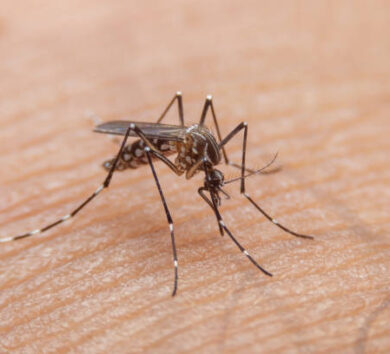

Jamaica’s economy grew by 3.8 per cent for the fourth quarter of 2022, when compared to the fourth quarter of 2021, confirming that the country achieved pre-COVID levels of economic output in 2022.
The news was shared by the Statistical Institute of Jamaica (STATIN) today (March 31) and confirmed by Dr Nigel Clarke, minister of finance and the public service.
In a post on Twitter a short while ago the minister said: “Today, STATIN reported GDP Growth of 3.8% for the quarter ended December 2022 as compared with the same quarter of the previous year. With this result, it is now official – Jamaica achieved pre-COVID levels of economic output in 2022!”
According to STATIN, the economic growth resulted from growth in the services and goods producing industries of 3.6 per cent and 4.7 per cent respectively. They added that the performance in the industry reflected the continued recovery of the economy from the adverse effects of the COVID-19 pandemic.

“All industries within the Services Industries grew, with the exception of the Producers of Government Services which fell by 0.8 per cent. The removal of COVID-19 restrictions significantly benefitted this segment of the economy,” said STATIN in a release.
Increased activities were recorded for: hotels and restaurants (21.6%), wholesale and retail trade; repairs; installation of machinery and equipment (1.3%), other services (10.4%), transport, storage and communication (5.9%), electricity and water supply (1.7%), finance and insurance services (1.4%) and real estate, renting and business activities (0.6%).
The growth in hotels and restaurants was mainly influenced by a 36.5 per cent increase in foreign national arrivals during the period.

The increase in the goods producing industries was largely due to higher output levels in agriculture, forestry and fishing (5.9%), manufacturing (5.4%) and mining and quarrying (99.0%). However, value added for the construction industry declined by 4.8 per cent.
The agriculture, forestry and fishing industry benefitted from favourable weather conditions while the
resumption of operations at the JAMALCO plant impacted the performance of the mining and quarrying industry.
When compared to the third quarter of 2022, total value added at constant prices grew by 0.3 per cent, a continuation of the trend evident since the third quarter of 2020.
Preliminary estimates indicated that total value added at constant prices for the Jamaican economy grew by 5.2 per cent in the calendar year 2022. This was the result of growth in both the services and goods producing industries of 6.3 per cent and 2.1 per cent respectively. The performance reflected the continued recovery of the economy from the impact of the COVID-19 pandemic.







Comments